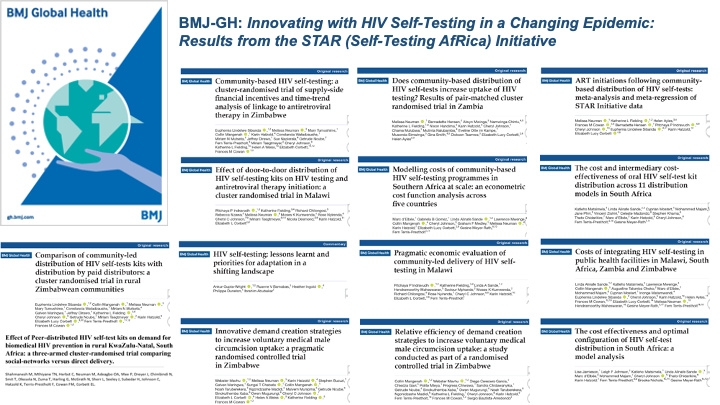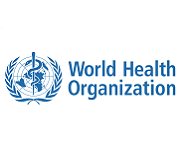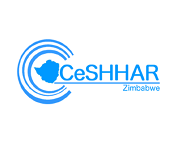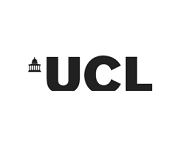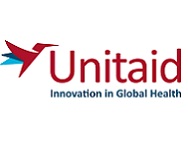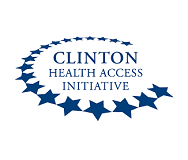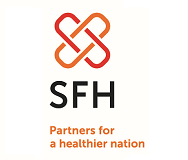2021 News Articles
Launch of our BMJ-GH Speciall Issue
We launched our BMJ-GH Supplement titled ‘Innovating with HIV Self-Testing in a Changing Epidemic: Results from the STAR (Self-Testing AfRica) Initiative’.
This Special Issue was launched on 18th July at the IAS Conference 2021 Satelite Session and presents crucial insights of the implementation and scale of HIVST, drawing on lessons from the Unitaid-funded HIV STAR Initiative.
It was coordinated by the World Health Organization (WHO) in collaboration with the STAR Initiative, bringing together 14 manuscripts that provide important awareness and evidence for scaling up of evidence-based HIVST approaches worldwide.
Making the case for focusing on HIV self-testing by Liz Corbett
Researchers in LSHTM (Corbett, Indravudh, Terris-Prestholt, Sande), LSTM (Cowan, Sibande, Mavhu), and partners institutes in Malawi, South Africa, Zambia and Zimbabwe have been critical to the highly successful rapid scale-up of HIV self-testing, which has moved from being a strategy considered too risky to consider just a few years ago, to a reality with millions of kit used annually under HIV elimination strategies in 93 countries. The STAR project funded by Unitaid and led by Population Services International has been critical in funding both implementation to support rapid scale up and diversification of HIV self-testing delivery models and robust research to evaluate impact and cost-effectiveness.
This special issue focuses on two key scale-up questions: first, does increasing knowledge of HIV status through self-testing lead to increased demand for HIV treatment (antiretroviral treatment or ART) or HIV prevention with pre-exposure prophylaxis (PrEP) or voluntary male medical circumcision (VMMC)? Secondly, how can national programmes deliver self-testing most efficiently?
The BMJ Global Health special issue publishes five cluster-randomised trials delivered in four countries using harmonised research questions and data capture tools, allowing easy comparison, and a meta-analysis that pools results for 5 community-based STAR trials in 3 countries that had already reached invested substantially in standard HIV testing approaches, leaving only the hardest to reach HIV-positive individuals undiagnosed. The meta-analysis (Neuman) shows considerable variation between countries, but an increase in ART treatment initiation of 12% (most conservative analysis) to 31% (most conservative analysis), suggesting that self-testing will be a critical part of reaching HIV elimination targets. Two trials (Shahmanesh et al. and Mavhu et al.) are the first trials to investigate whether HIV self testing can be used to increase demand for HIV prevention (PrEP in adolescent girls and young women, and VMMC for men, respectively), with neither reporting significant effects. This is consistent with trials of standard HIV testing showing minimal behavioural impact from a negative HIV result with the exception of discordant couples where one is HIV-positive and one is HIV-negative. The trial results also highlight need to make the combined delivery of HIV testing and HIV prevention options for HIV-negative testers as seamless as possible – eliminating “supply-side barriers” as far as possible.
The special issue also includes five health economics papers based on rigorous costing providing unique insights from the scope and scale, showing how programs can maximising impact from diagnostic interventions – two key conclusions are that economies of scale are critical to achieving low unit costs for kit distribution but that this gives rise to tension between more and less targeted approaches. These findings are likely generalisable across different testing programs, such as other STIs and COVID-19. Sande et al examines the costs of Integrating primary and secondary distribution of HIVST into existing services in public facilities in Malawi, South Africa, Zambia and Zimbabwe, which vary from $4.27 to $13.42 per kit distributed across countries. Matsimela et al show that highly targeted distribution likely to reach those at greatest risk has higher distribution costs but similar cost per person linked to ART. Indravudh shows for a unique community-led distribution model in Malawi that achieved low distribution costs ($5.70) and extremely high population uptake from 15 years to >40 year olds that cost effectiveness was again dominated undiagnosed HIV positive individuals available for diagnosis and ART initiation.
These findings provide guidance for the next stage of HIV self-testing scale up, informing national programs and highlighting the need for more innovation around linkage to HIV prevention.


